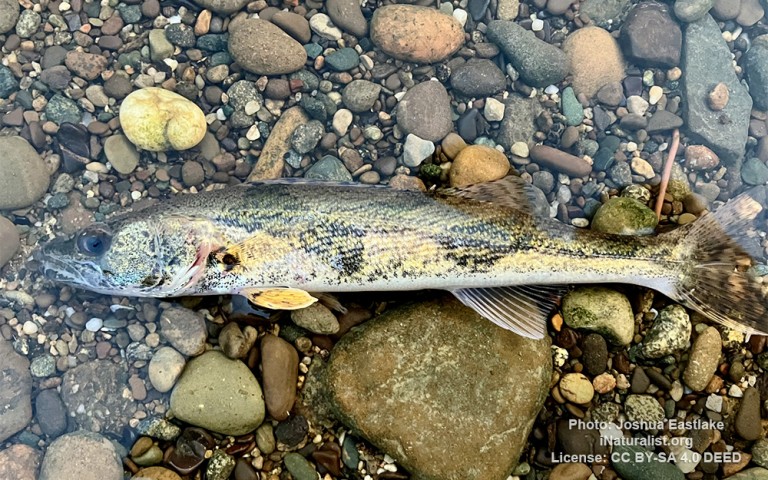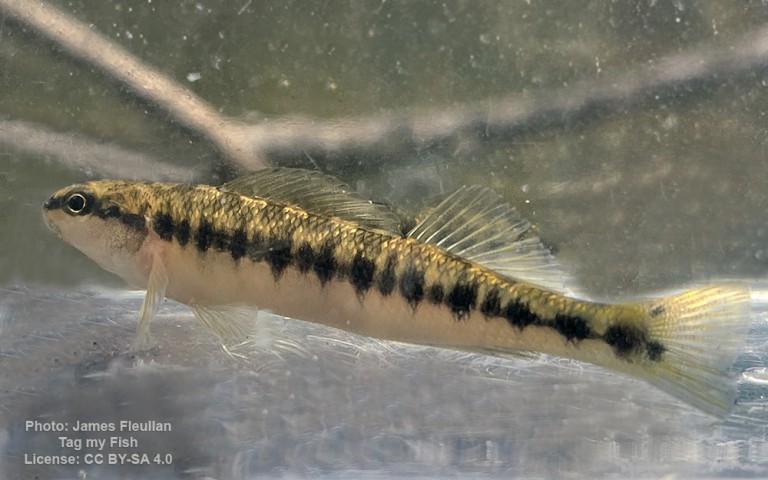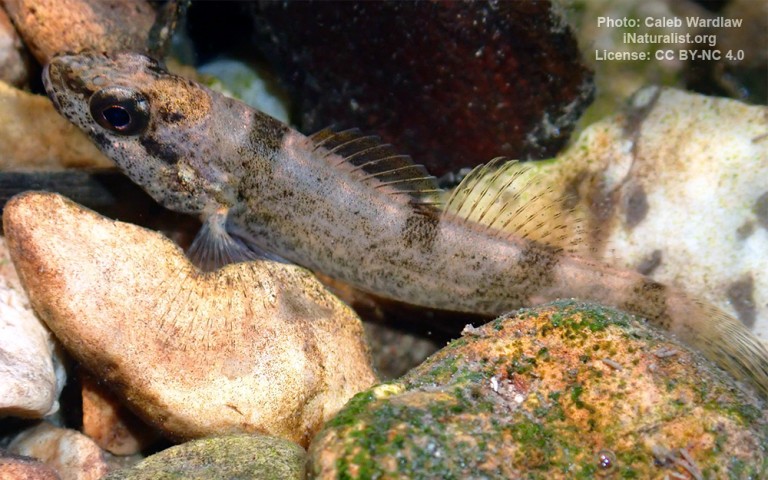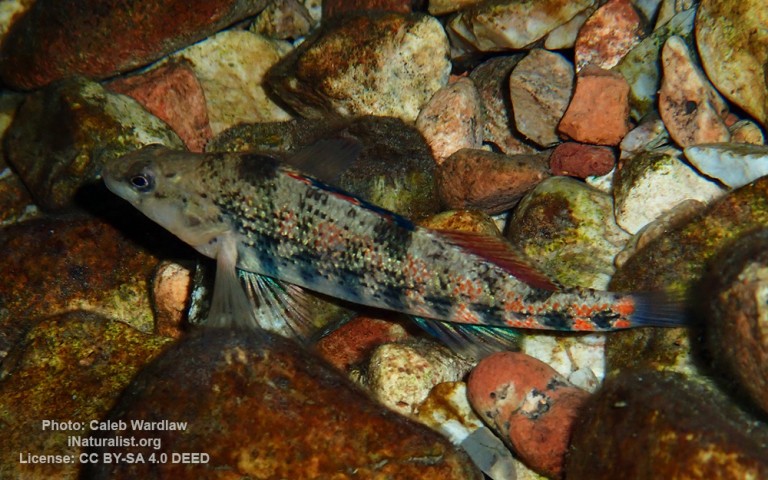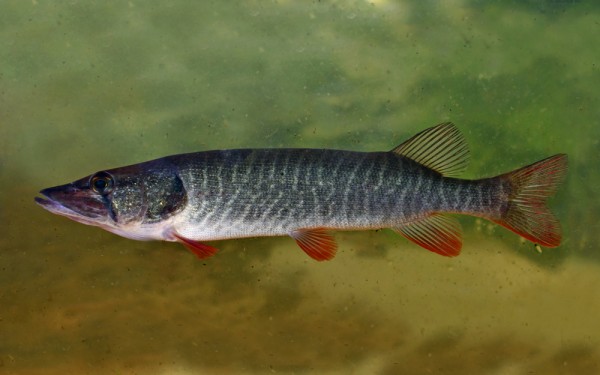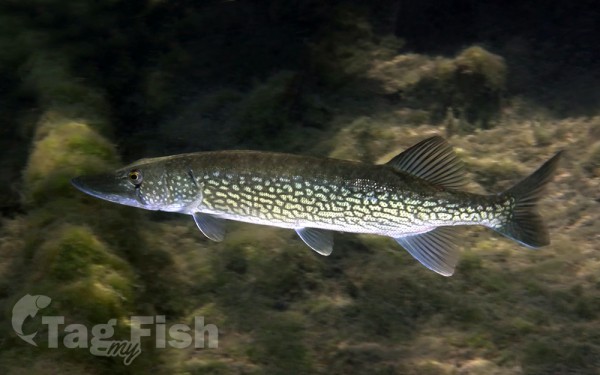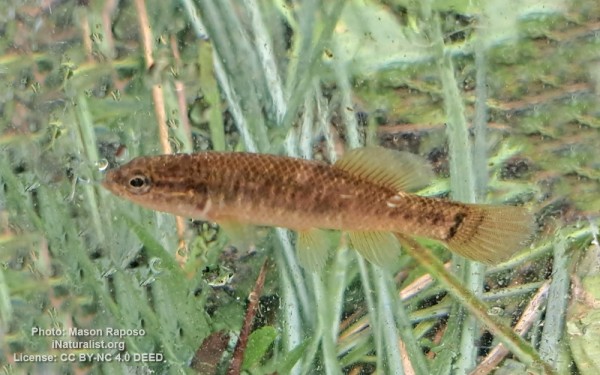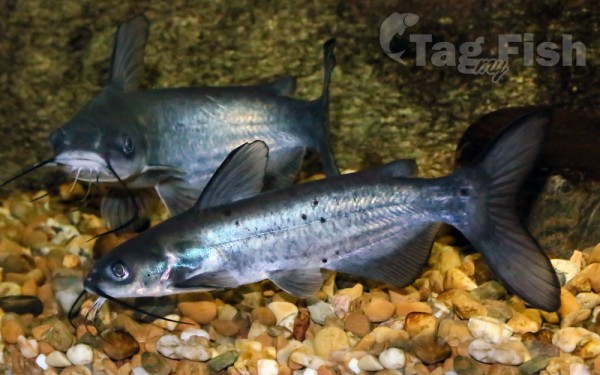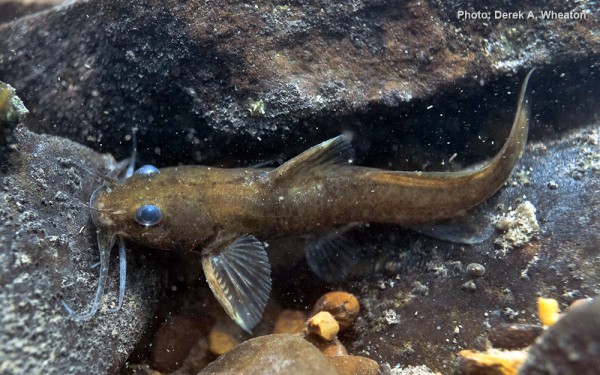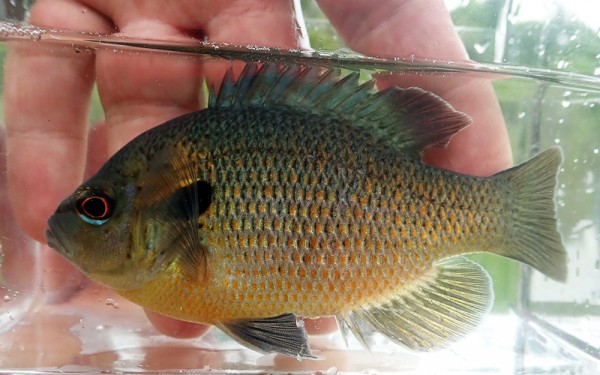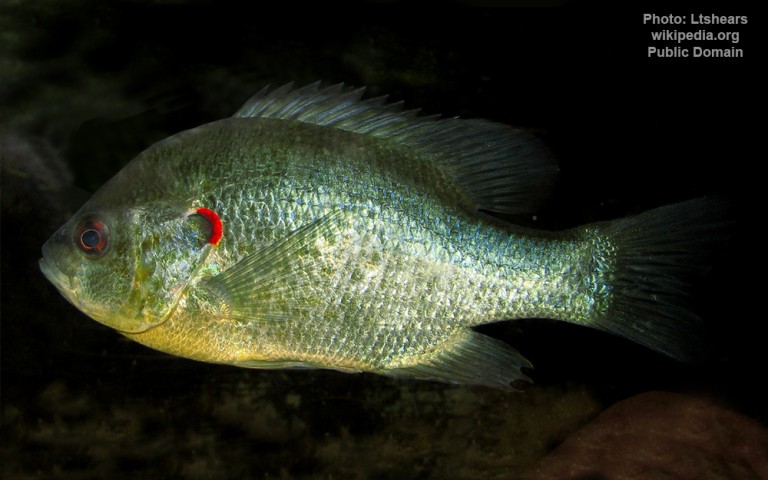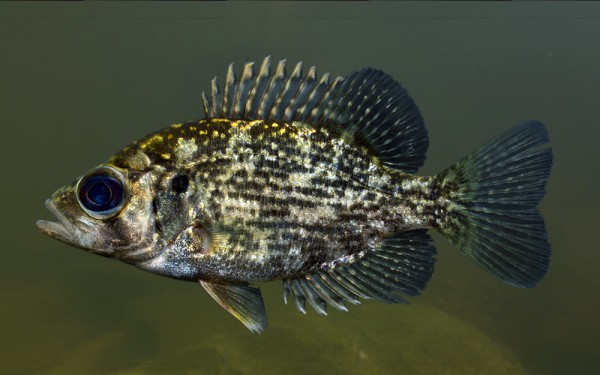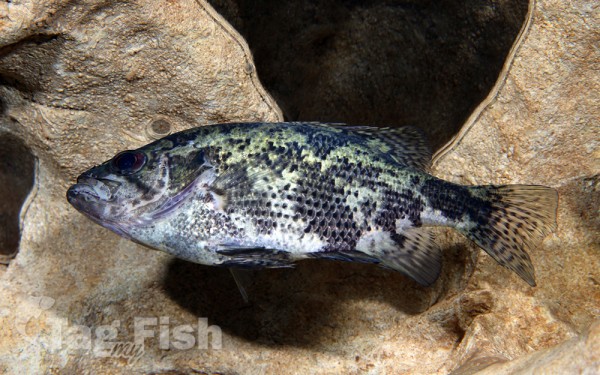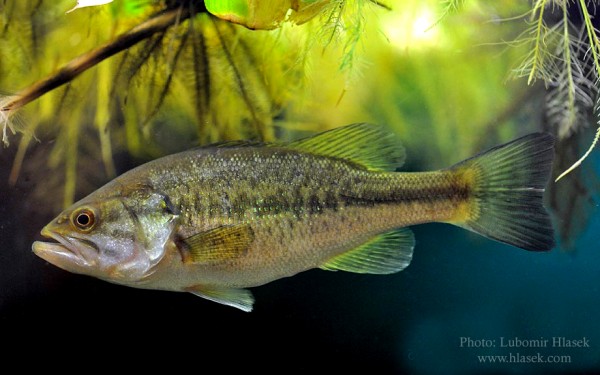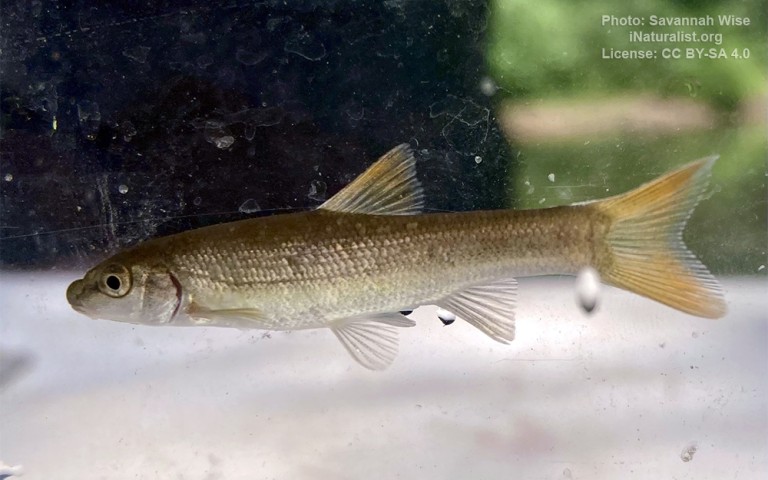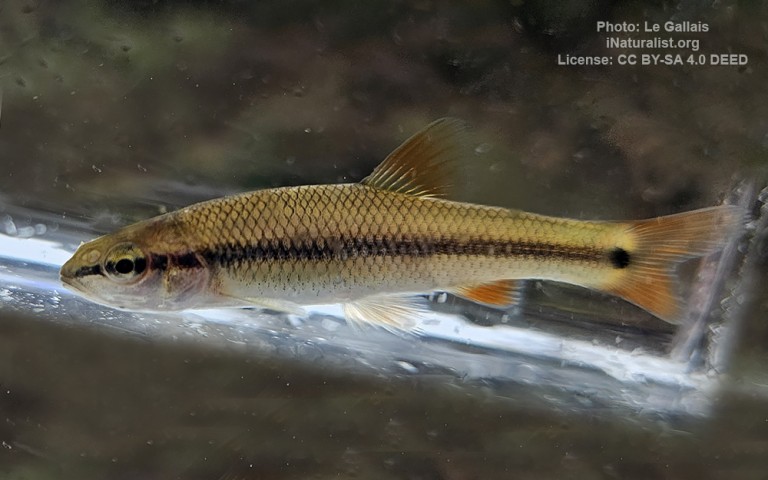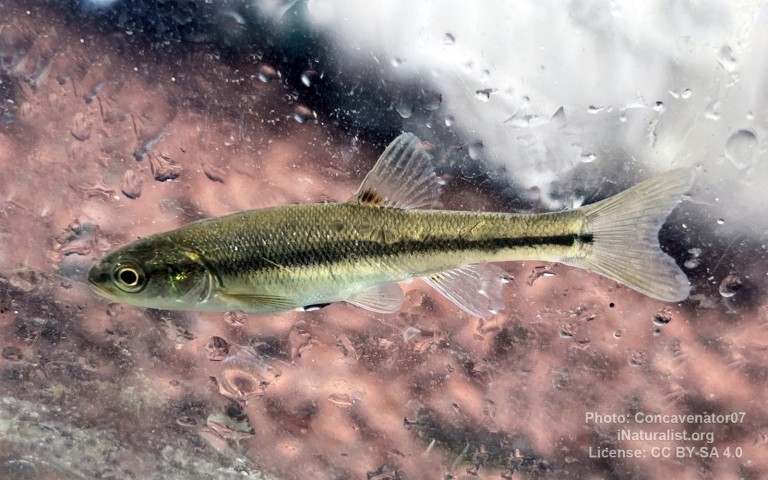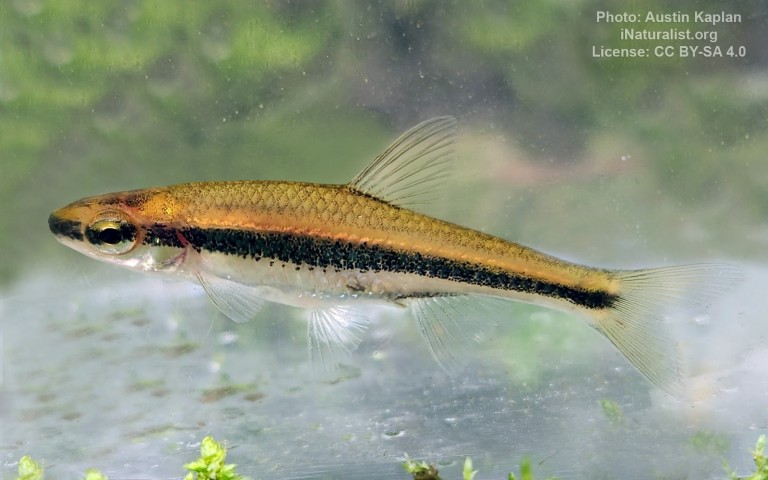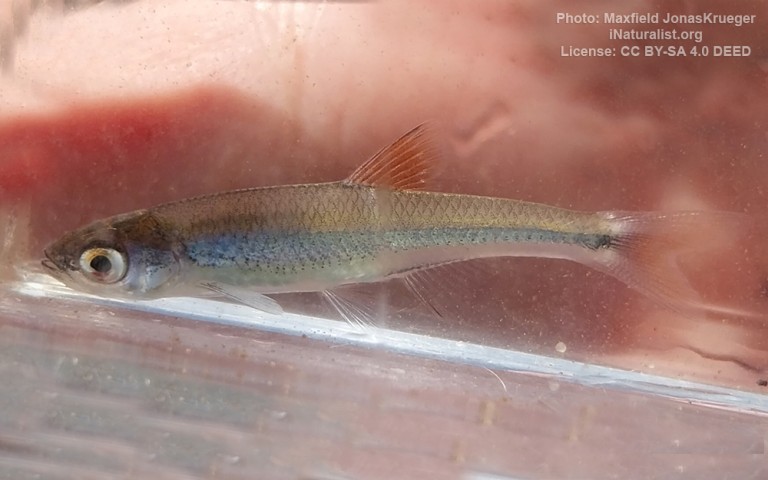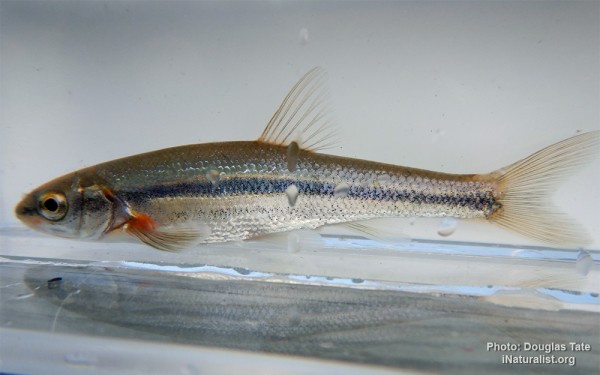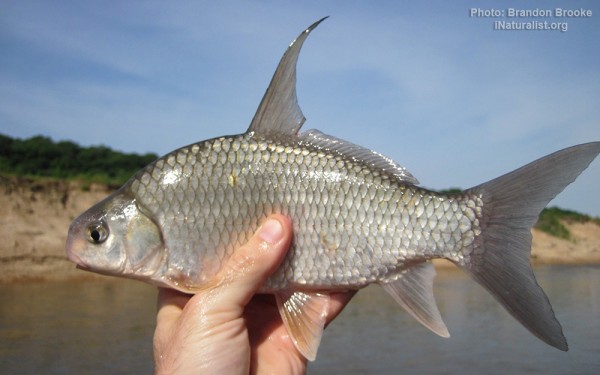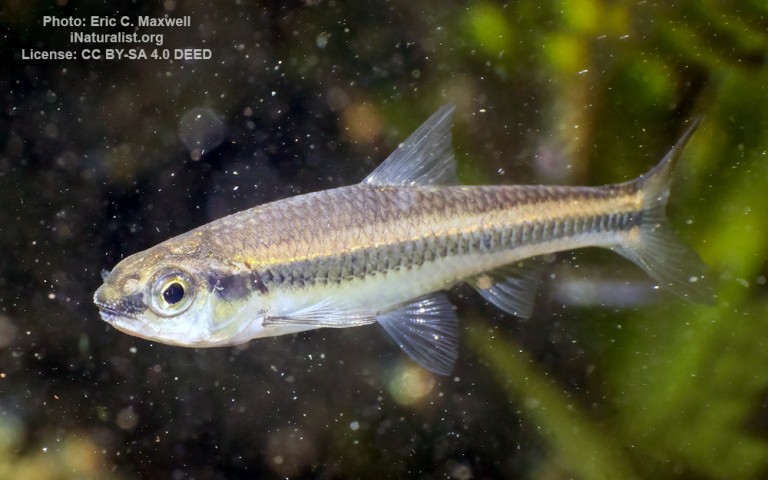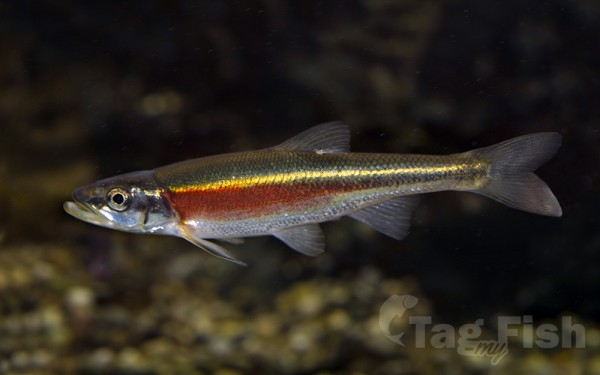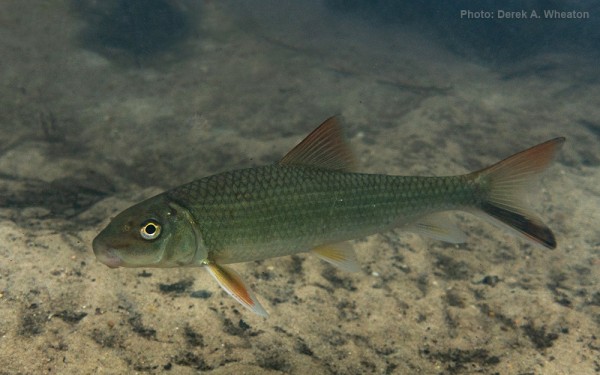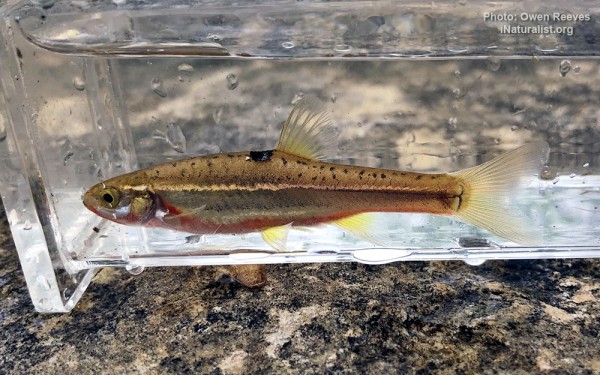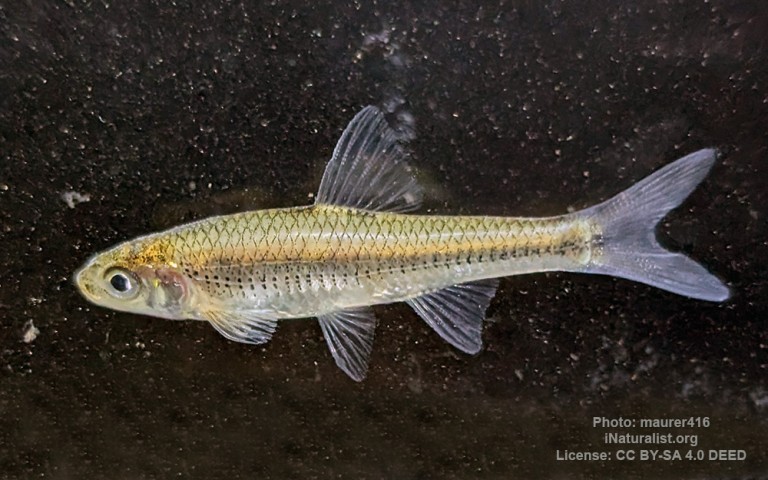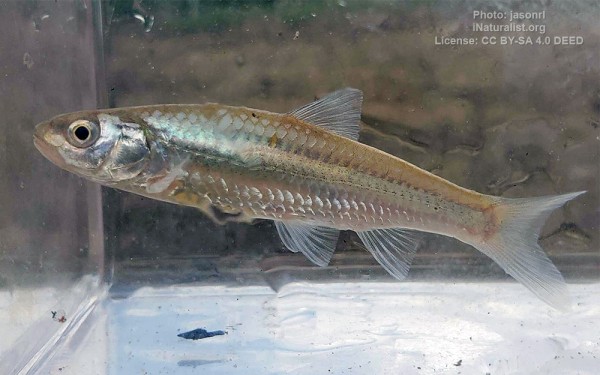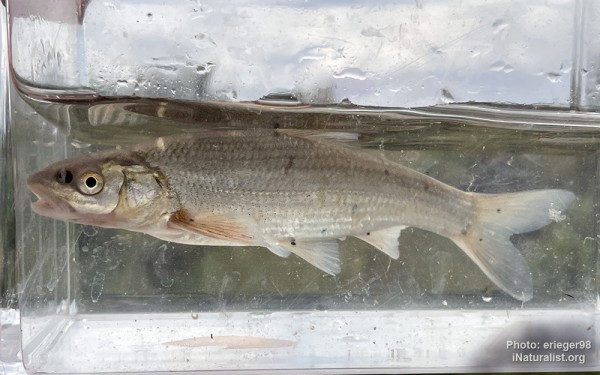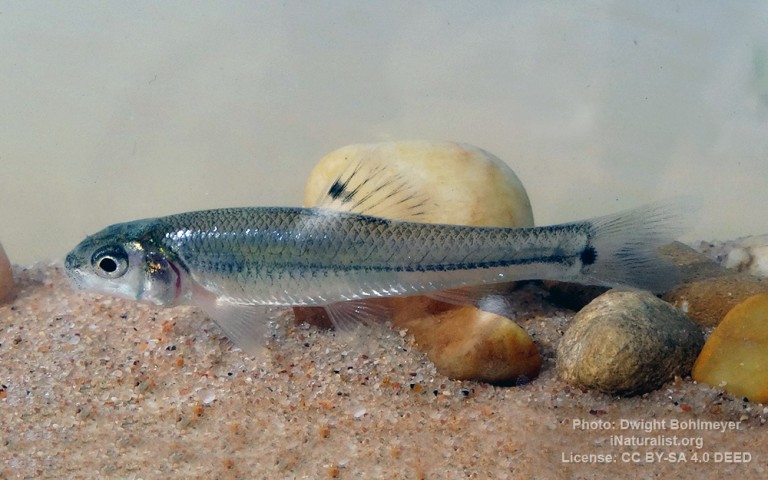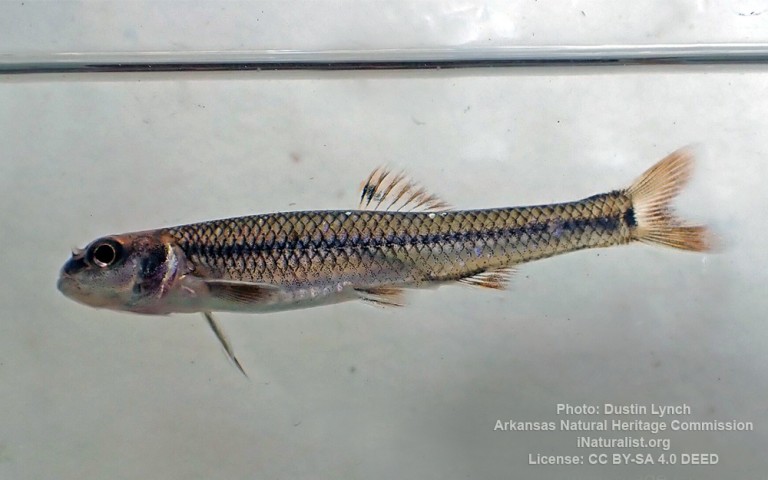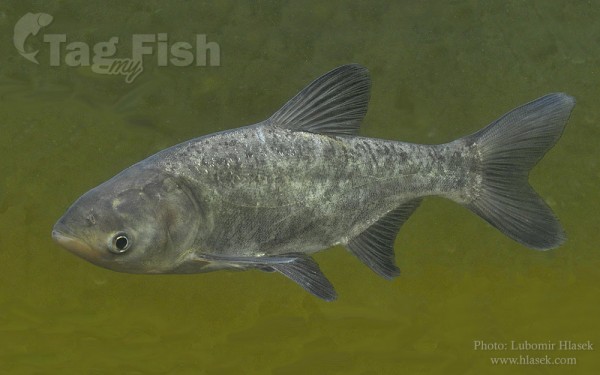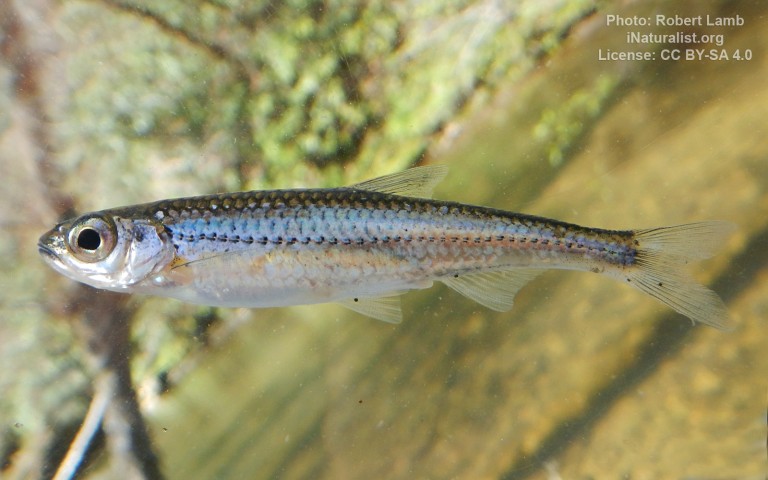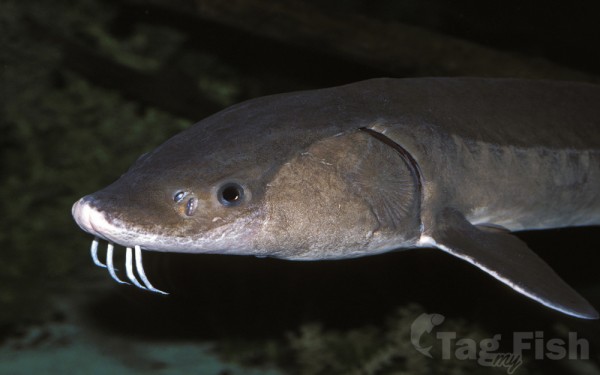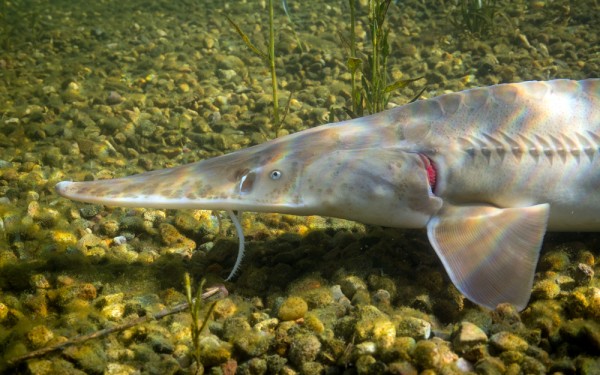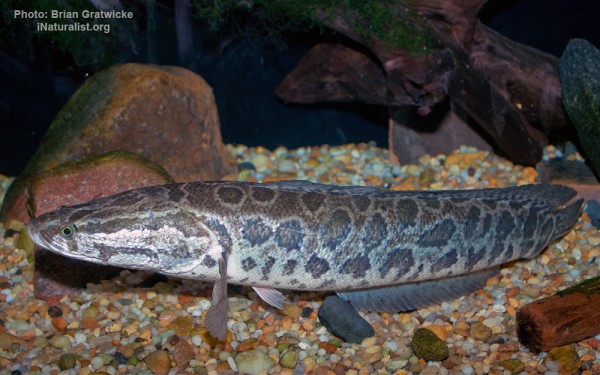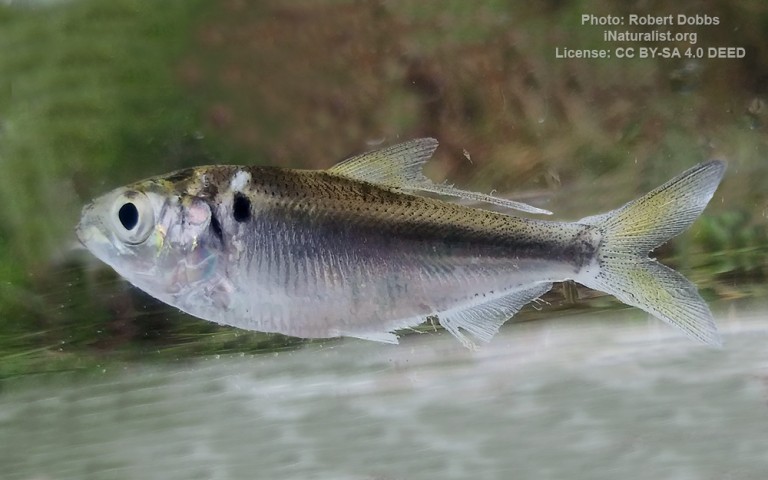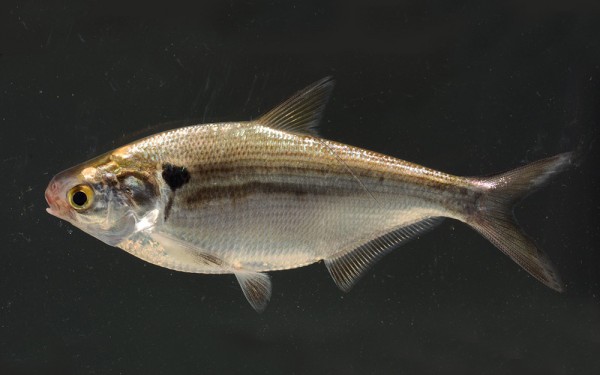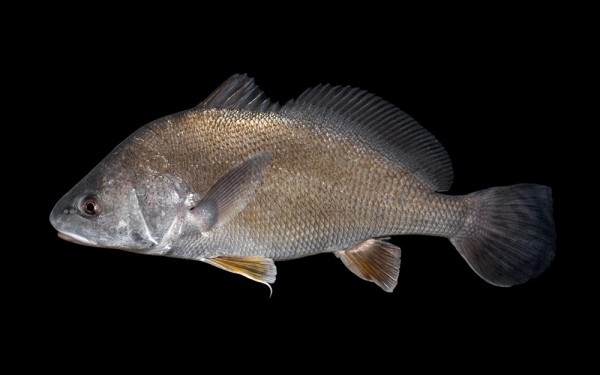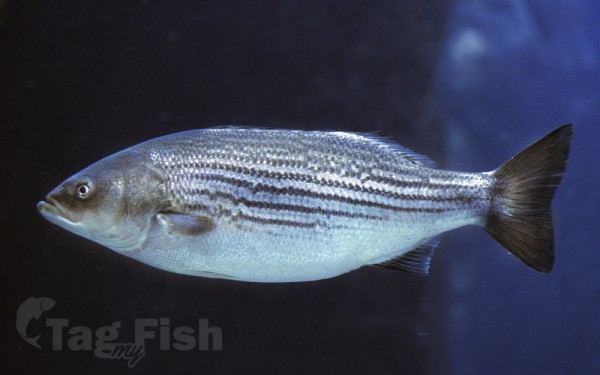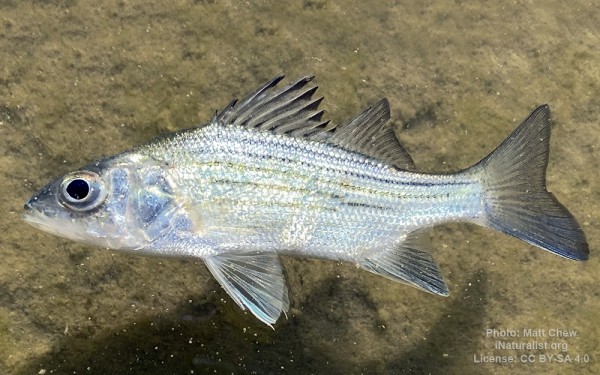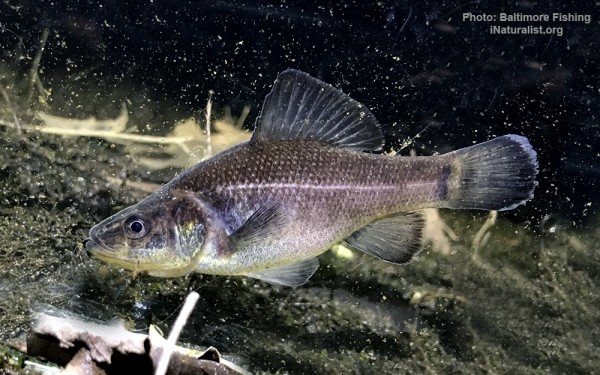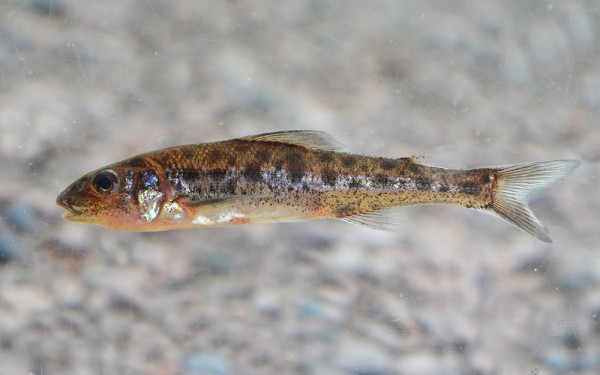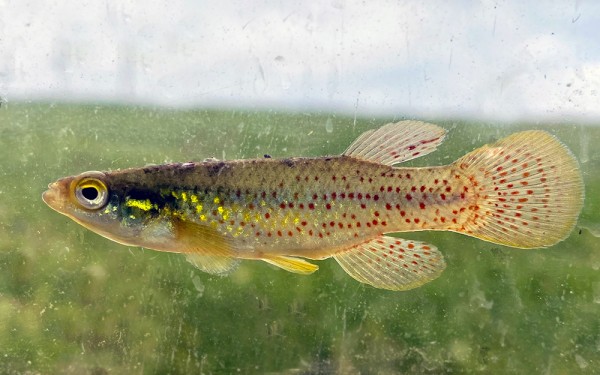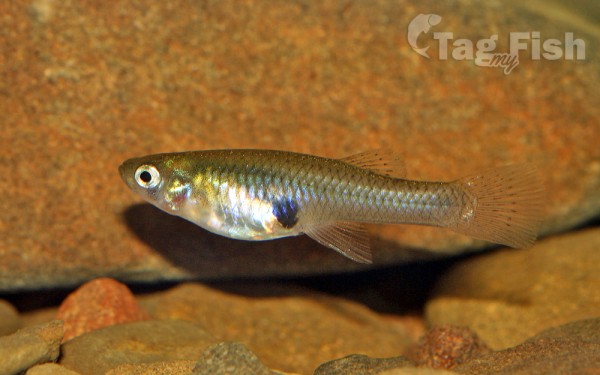St. Croix River (Wisconsin–Minnesota)

Largest tributaries
Perciformes - Perches
Esociformes - Pikes
Siluriformes - Catfishes
Centrarchiformes - Basses and sunfishes
Cypriniformes - Carps
Acipenseriformes - Sturgeons and Paddlefish
Anabantiformes - Gouramies and snakeheads
Lepisosteiformes - Gars
Amiiformes - Bowfins
Clupeiformes - Herrings
Acanthuriformes - Surgeonfishes
Anguilliformes - Eels and morays
Moroniformes - Temperate basses
Percopsiformes - Trout-perches
Gasterosteiformes - Sticklebacks
Hiodontiformes - Mooneyes
Cyprinodontiformes - Toothcarps
Carcharhiniformes - Ground sharks
Petromyzontiformes - Lampreys
Perciformes - Perches
Esociformes - Pikes
Siluriformes - Catfishes
Centrarchiformes - Basses and sunfishes
Cypriniformes - Carps
Acipenseriformes - Sturgeons and Paddlefish
Anabantiformes - Gouramies and snakeheads
Lepisosteiformes - Gars
Amiiformes - Bowfins
Clupeiformes - Herrings
Acanthuriformes - Surgeonfishes
Anguilliformes - Eels and morays
Moroniformes - Temperate basses
Percopsiformes - Trout-perches
Gasterosteiformes - Sticklebacks
Hiodontiformes - Mooneyes
Cyprinodontiformes - Toothcarps
Carcharhiniformes - Ground sharks
Petromyzontiformes - Lampreys
The St. Croix River is a tributary of the Mississippi River, approximately 169 miles (272 km) long, in the U.S. states of Wisconsin and Minnesota.
The lower 125 miles (201 km) of the river form the border between Wisconsin and Minnesota. The river is a National Scenic Riverway under the protection of the National Park Service. A hydroelectric plant at the Saint Croix Falls Dam supplies power to the Minneapolis–St. Paul metropolitan area.
The St. Croix River rises in the northwestern corner of Wisconsin, out of Upper St. Croix Lake in Douglas County, near Solon Springs, approximately 20 miles (32 km) south of Lake Superior. It flows south to Gordon, then southwest. It is joined by the Namekagon River in northern Burnett County, where it becomes significantly wider. A few miles downstream the St. Croix meets the boundary between Minnesota and Wisconsin, which it demarcates for another 130 miles (209 km) until its confluence with the Mississippi River.
Other major tributaries include the Kettle River, Snake River, and Sunrise River joining from the west, and the Apple River, Willow River, and Kinnickinnic River joining from the east.
Just below Stillwater, Minnesota the river widens into Lake St. Croix, and eventually joins the Mississippi River at Prescott, Wisconsin, approximately 20 miles (32 km) southeast of St. Paul, Minnesota.


